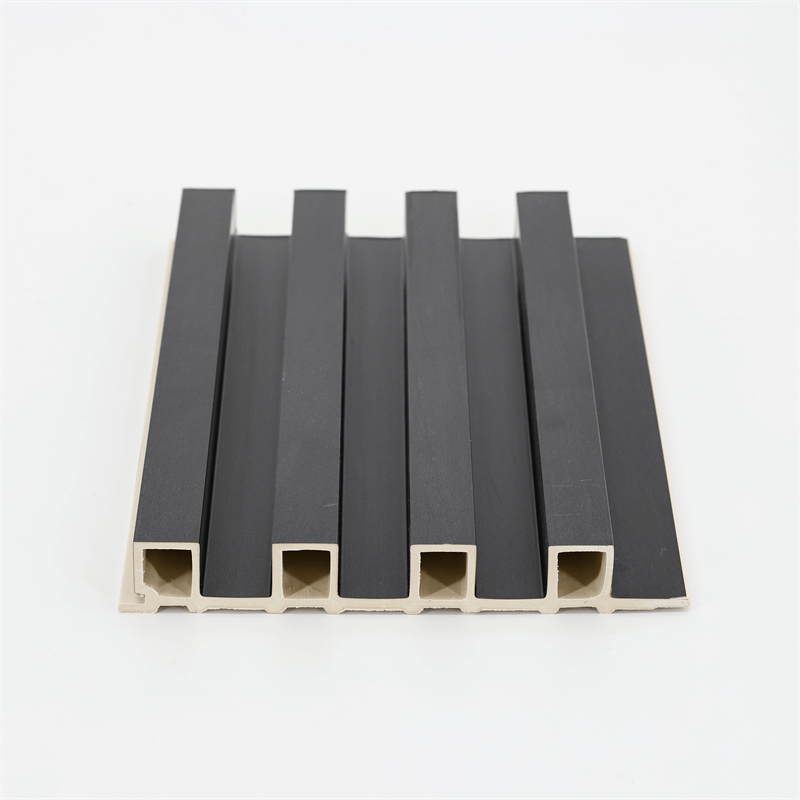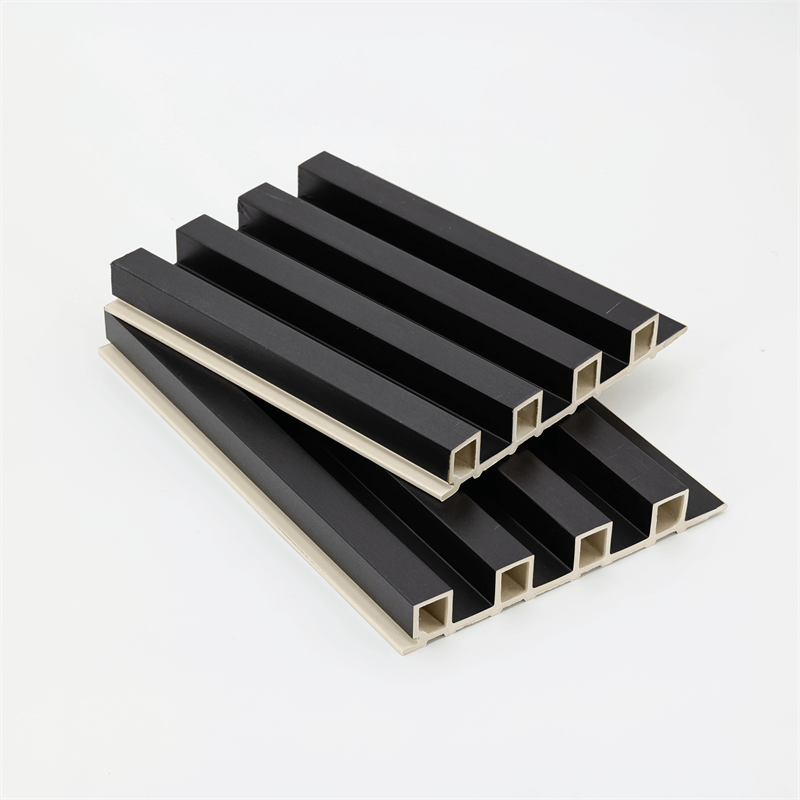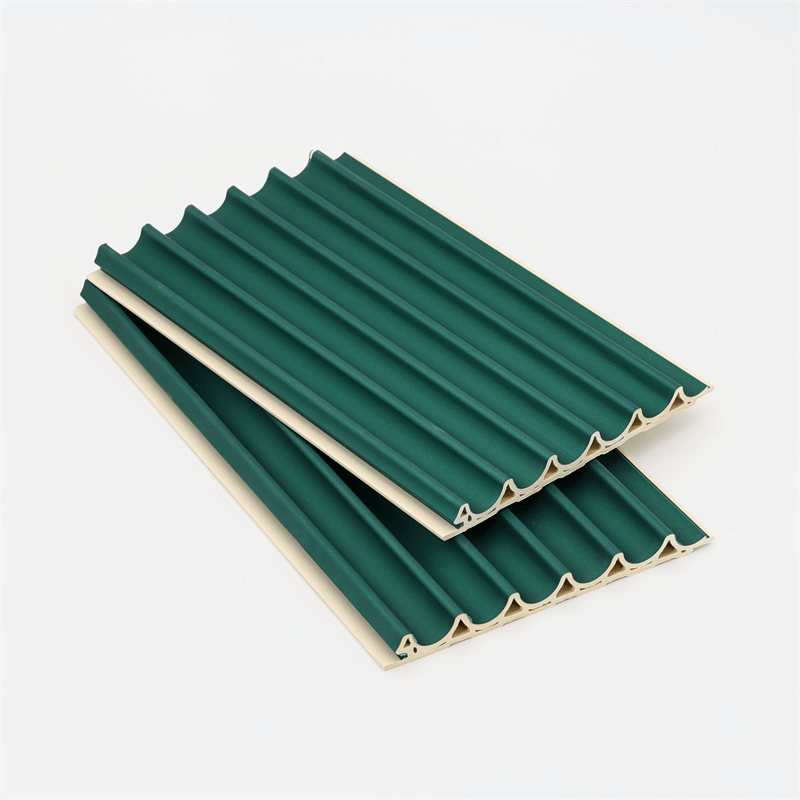When it comes to building materials, durability and longevity are key considerations for any construction project.
In recent years, wood-plastic composite (WPC) wall panels have gained significant attention due to their exceptional durability and longevity.
These panels offer a smart investment for both residential and commercial applications, providing long-lasting beauty and structural integrity.
This essay explores the durability and longevity of WPC wall panels, examining their composition, resistance to various factors, maintenance requirements, and overall value as a construction material.
I. Composition and Strength
WPC wall panels are composed of a blend of wood fibers or flour and thermoplastic polymers, typically polyethylene (PE), polypropylene (PP), or polyvinyl chloride (PVC).
This composite composition combines the natural strength and aesthetic appeal of wood with the added benefits of thermoplastic polymers, resulting in a material that excels in durability.
The wood fibers or flour within the WPC panels provide structural strength and stability.
They contribute to the overall rigidity of the panels, ensuring that they can withstand external forces and maintain their shape over time.
The thermoplastic polymers act as a protective barrier, enhancing the resistance of the panels to moisture, rot, and insect damage.
Furthermore, the manufacturing process of WPC panels involves the integration of additives and coupling agents that enhance the bonding between wood fibers and polymers.
This reinforcement ensures that the panels can withstand the stresses and strains imposed on them, making them highly resistant to warping, cracking, or splintering.
II. Resistance to Environmental Factors
One of the significant advantages of WPC wall panels is their remarkable resistance to environmental factors.
These panels are engineered to withstand various weather conditions and remain structurally sound in the face of external stressors.
Moisture Resistance: WPC panels exhibit exceptional moisture resistance due to the inherent properties of thermoplastic polymers.
Unlike traditional wood, WPC panels do not absorb moisture, preventing issues such as swelling, rot, or decay.
This moisture resistance makes them suitable for applications in humid environments, such as bathrooms or kitchens, where traditional materials may fail.
UV Radiation Resistance: WPC panels are designed to withstand prolonged exposure to sunlight without significant fading or discoloration.
The thermoplastic polymers in the composition possess UV stabilizers that protect the panels from the damaging effects of ultraviolet radiation.
This resistance to UV radiation ensures that WPC panels retain their original appearance and color for an extended period, maintaining their aesthetic appeal.
Temperature Fluctuations: WPC wall panels exhibit excellent dimensional stability, even when exposed to extreme temperature fluctuations.
The composite composition, along with the manufacturing processes, ensures that the panels expand and contract minimally in response to temperature changes.
This stability prevents warping or buckling, making WPC panels suitable for both hot and cold climates.
Impact Resistance: WPC panels have a high impact resistance, making them capable of withstanding accidental impacts or heavy usage.
Unlike fragile materials like ceramic tiles or fragile wall coverings, WPC panels are resilient and can endure minor physical impacts without sustaining significant damage.
This impact resistance is particularly advantageous in high-traffic areas or areas prone to accidental impacts, such as corridors or commercial spaces.
III. Low Maintenance Requirements
Another aspect that contributes to the durability and longevity of WPC wall panels is their low maintenance requirements.
Traditional wall materials often require regular maintenance, such as repainting, resealing, or replacing damaged sections. In contrast, WPC panels offer a hassle-free and cost-effective solution.
WPC panels are resistant to stains, mold, mildew, and pests, eliminating the need for intensive cleaning or treatments.
They can be easily cleaned with mild soap and water, and occasional pressure washing can restore their original appearance.
The panels’ resistance to moisture also prevents the growth of mold or mildew, reducing the need for regular inspections or remediation.
Additionally, WPC panels do not require periodic sealing or refinishing, as is often the case with natural wood materials.
The protective polymers in the composition act as a barrier, shielding the panels from the damaging effects of moisture, UV radiation, and other external factors.
This low maintenance requirement translates into significant time and cost savings over the lifespan of the panels.
IV. Value as a Construction Material
The durability and longevity of WPC wall panels contribute to their overall value as a construction material.
Investing in WPC panels provides long-term benefits and cost savings, making them a smart choice for builders, architects, and homeowners alike.
Longevity: WPC wall panels are built to last. With their resistance to moisture, UV radiation, impact, and temperature fluctuations, these panels can maintain their structural integrity and appearance for many years.
Unlike traditional materials that may deteriorate or require frequent replacements, WPC panels offer a reliable and durable solution that can withstand the test of time.

Reduced Maintenance Costs: The low maintenance requirements of WPC panels result in significant cost savings over their lifespan.
With minimal cleaning, repairs, or refinishing needed, the ongoing maintenance costs associated with traditional materials are greatly reduced.
Additionally, the resistance of WPC panels to moisture, mold, and pests eliminates the need for costly remediation or replacement due to damage.
Sustainable Choice: WPC wall panels are considered a sustainable choice compared to traditional wood materials.
The utilization of recycled wood fibers or flour and the use of thermoplastic polymers contribute to the reduction of waste and the preservation of natural resources.
Additionally, the longevity of WPC panels reduces the environmental impact associated with frequent replacements or renovations.
Aesthetic Appeal: Beyond their durability and practical advantages, WPC wall panels offer a wide range of design options and aesthetic possibilities.
These panels can replicate the appearance of natural materials, such as wood or stone, while providing the benefits of a composite material.
The versatility in design allows for creative expressions and the creation of unique spaces that meet the specific aesthetic preferences of homeowners or project requirements.
WPC wall panels have emerged as a durable and long-lasting solution for interior and exterior applications.
Their composite composition, resistance to environmental factors, low maintenance requirements, and overall value make them a smart investment for construction projects.
With their ability to withstand moisture, UV radiation, impact, and temperature fluctuations, WPC panels provide enduring beauty and structural integrity.
By choosing WPC wall panels, builders, architects, and homeowners can enjoy a material that offers exceptional durability, longevity, and peace of mind.


